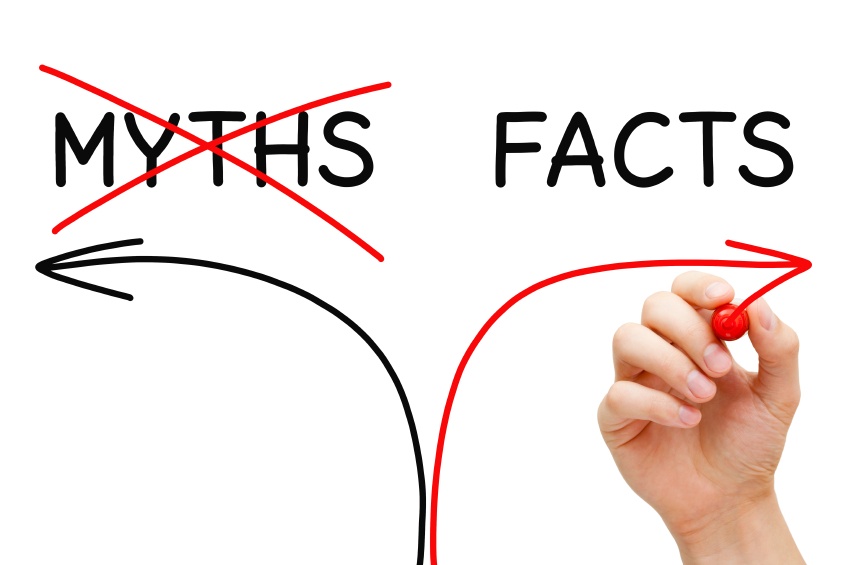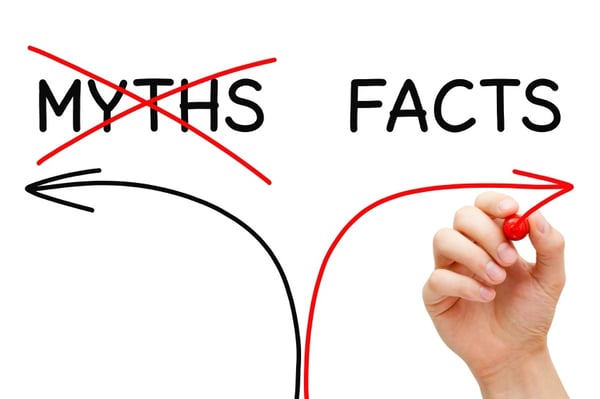-
Leading builders of Modular Homes in NSW, VIC, & SA
-
-
Leading builders of Modular Homes in NSW, VIC, & SA

Prefabricated homes made the headlines in 2013 when a home in Pasadena, California went on the market. Designed by legendary architect Frank Lloyd Wright in 1923, Millard House is made from stone-composite concrete blocks that blend beautifully with its natural surroundings. The price tag for this early modular home – US$4.49 million.
The story helps to dispel several myths about modular homes. Firstly, the house was architect designed, not turned out in cookie-cutter fashion. It demonstrates that pre-fab homes are not second-rate substitutes for site-built dwellings, but stand on their own merits. The sale also attracted the attention of world media, putting the spotlight on prefabricated homes as objects of beauty and respect.
We explore these three common fallacies about prefabricated homes, and why they are incorrect.
Myth 1: Prefabricated homes are not built to last
The argument against this is obvious – how would your house fare if it were picked up by a crane, put on a truck and moved to another location? There probably wouldn’t be much left of it, since stick-built (site-built) homes don’t have to support their own weight. The myth of flimsy construction perhaps comes from the era when modular buildings were delivered in kit form to farmers in remote areas who wanted a cheap, lightweight storage shed or garage.
Now, modular homes in Victoria and across Australia are built to higher standards. Building materials on a Swanbuild home for example include 90 x 35mm treated pine wall framing and additional 6mm bracing on external walls. Not only do the structural elements meet the building code, in many cases, they surpass it.
Myth 2: Prefabricated homes all look the same
Let’s get one thing clear – an aluminium shoebox on a collapsible frame with steps leading up to the single door is not a modular home – it’s a temporary, relocatable cabin! Prefabricated homes can be as varied as a site-built home. The difference is that the prefabricated homes are built in modules in factory-controlled conditions, then transported to the site for assembly.
You can have a ranch-style home, or one that looks like an inner-city townhouse. They can be as ultra-modern or as traditional as you like, and you can choose an existing design or custom design a transportable homethat suits your particular requirements.
Myth 3: Prefabricated homes are a quick housing fix
No, they’re not. They are designed and built to be a permanent, comfortable home. Again, this idea that they are temporary dwellings comes from the experience many of us may have had at school or in our jobs where we may have been asked to work in mobile extensions, or demountables. These are great for temporary classrooms and portable office buildings. However, true prefabricated homes are built to last.
Although myths about quality persist, modular homes are proving to the market that they are a viable and desirable alternative to site-built homes. Click here to learn more about modular homes.


